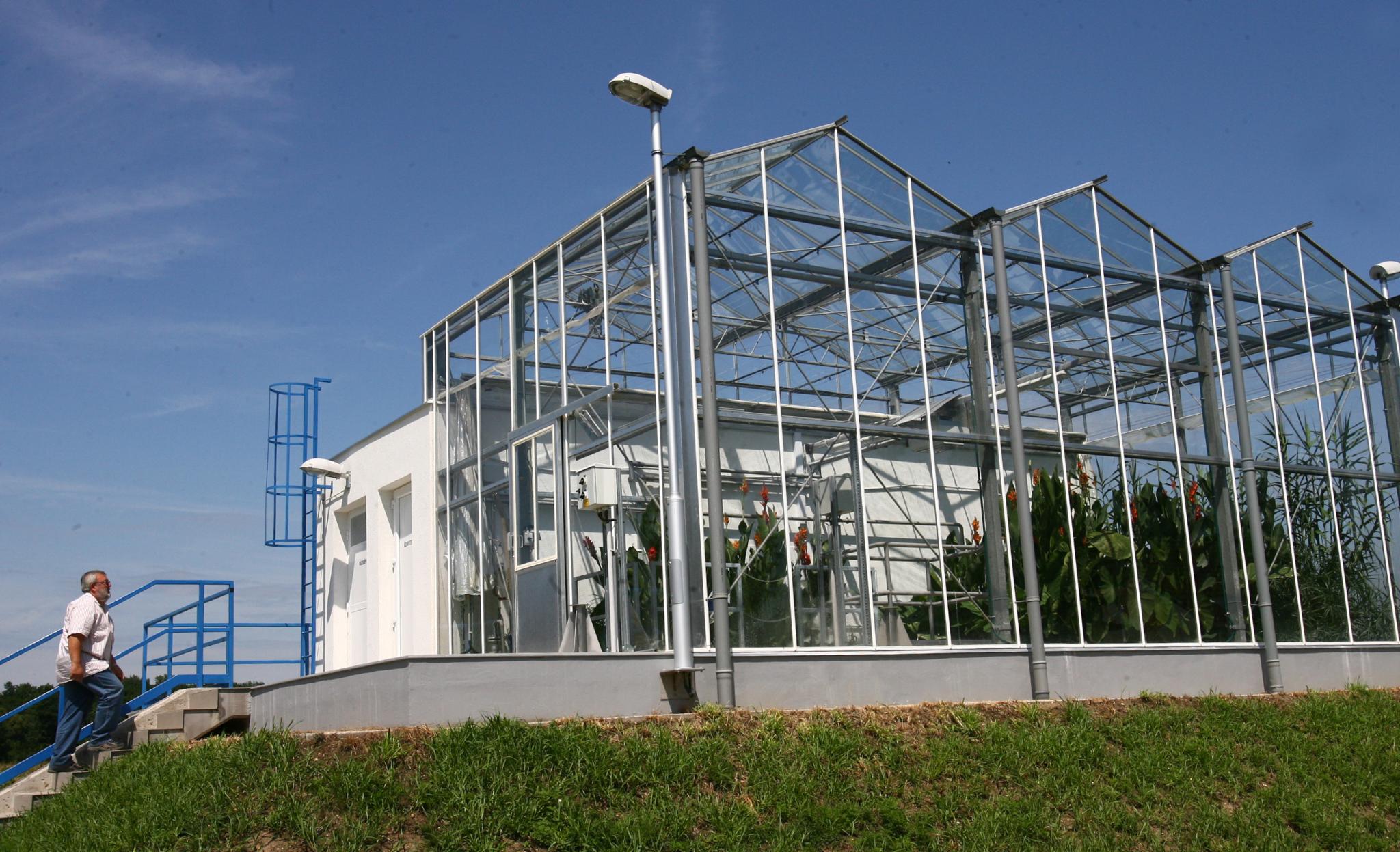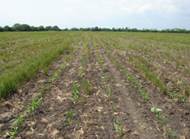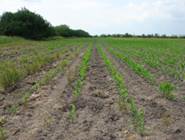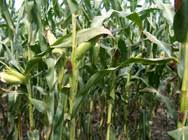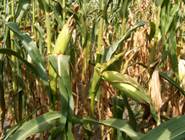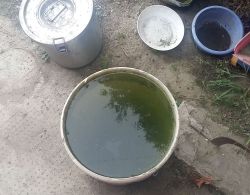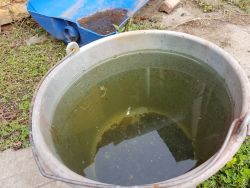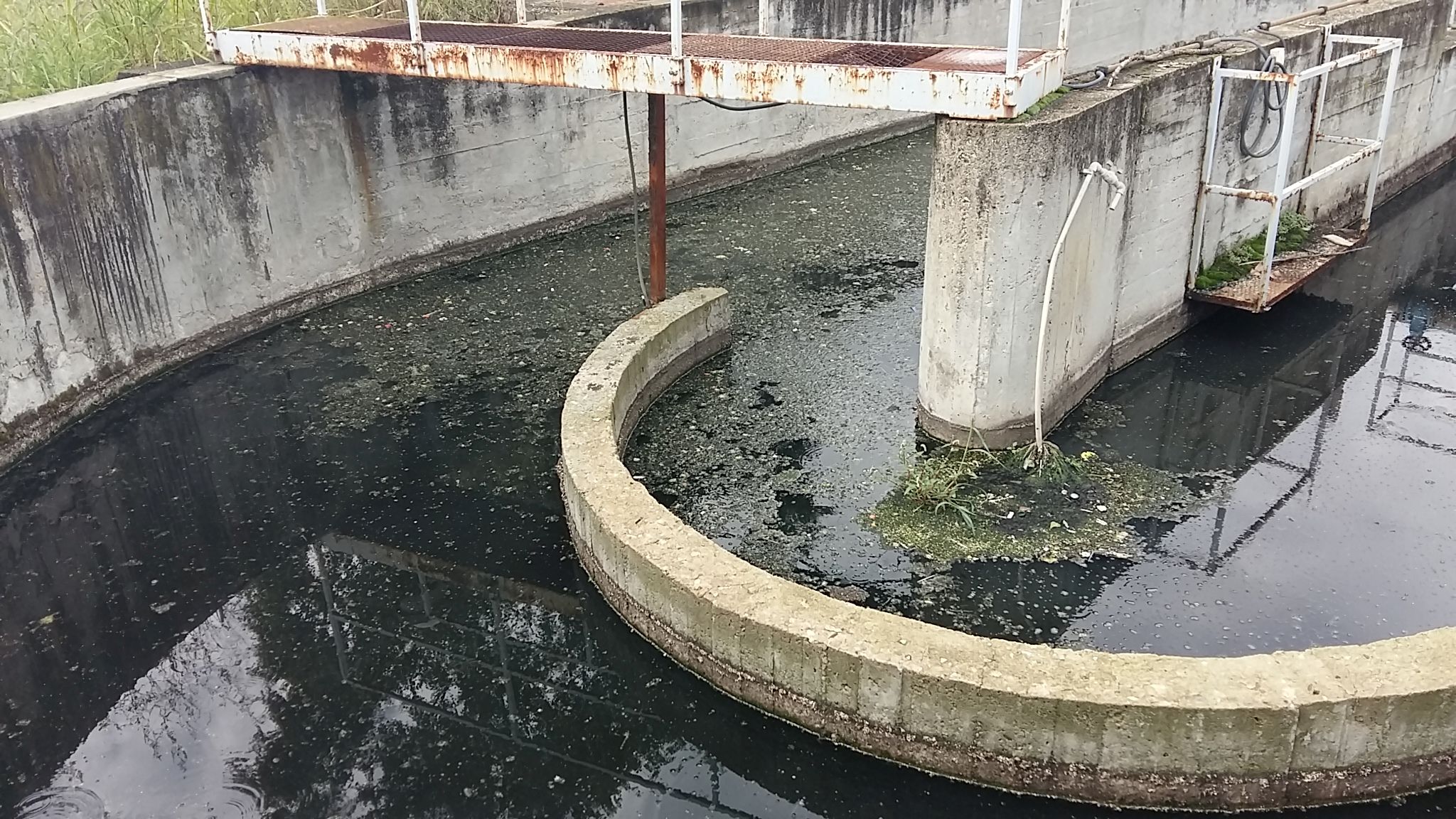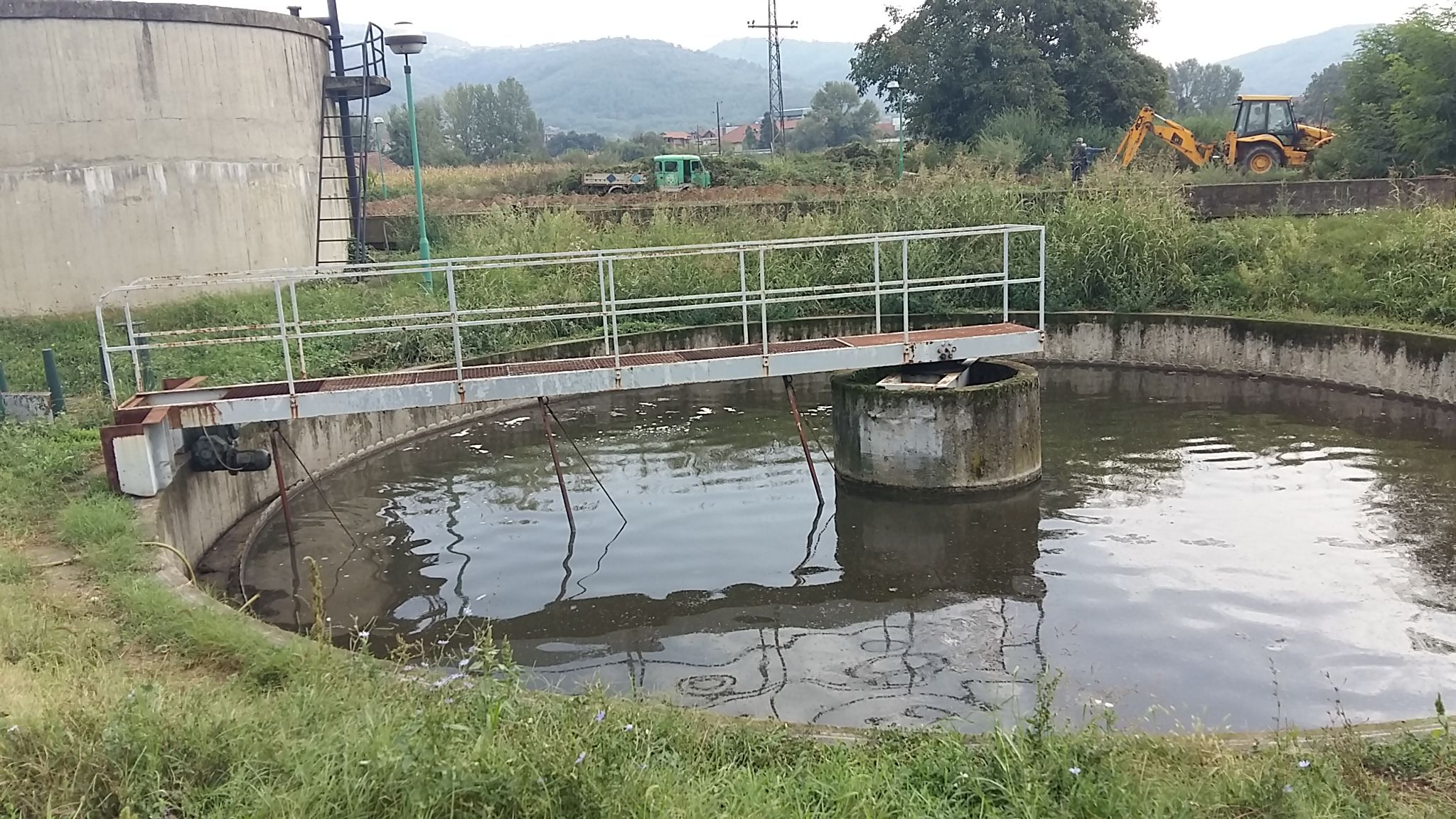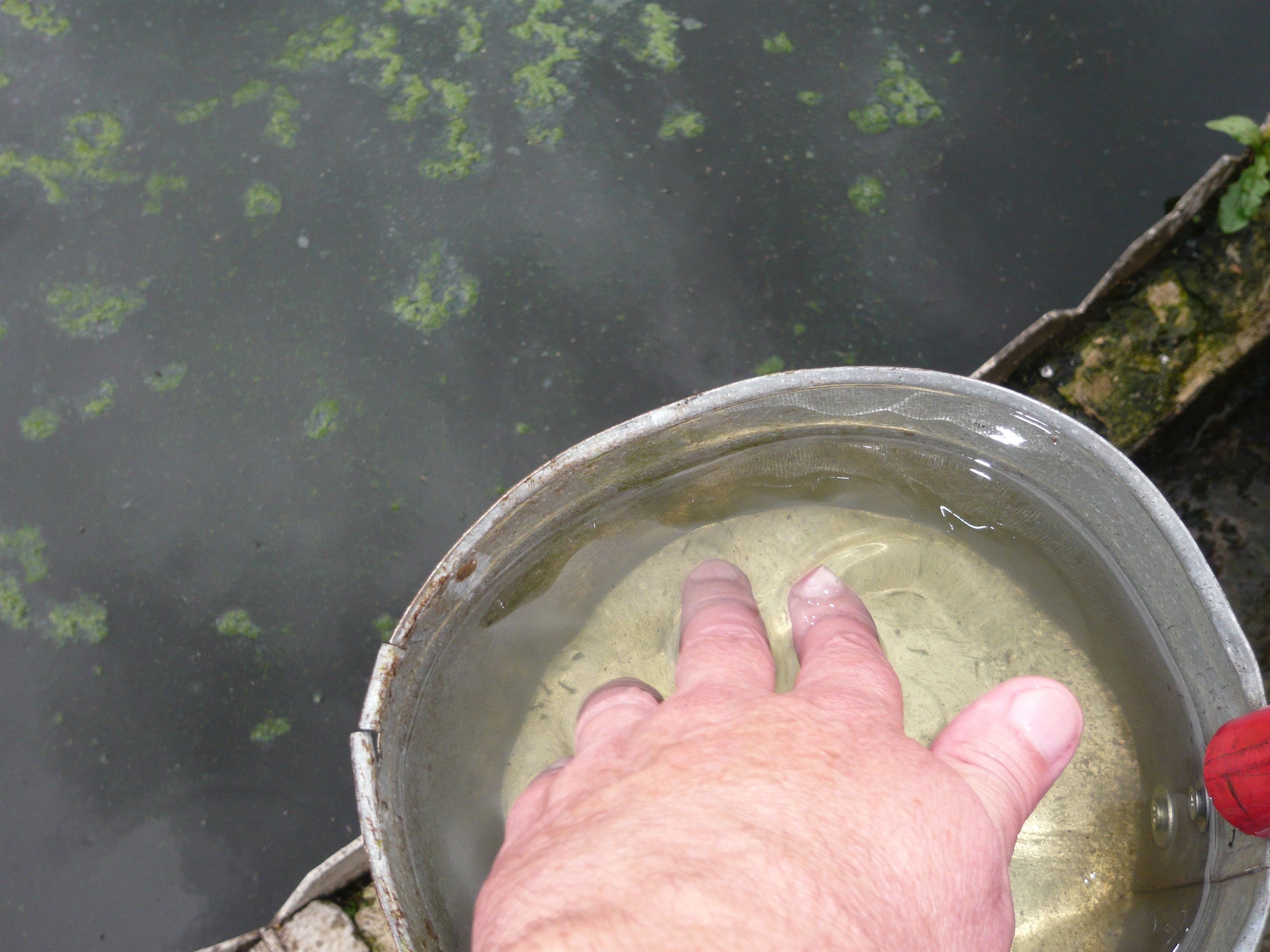



















Regeneration
AGRICULTURE
PROTECTION OF ENVIRONMENT, IMPROVING AGRICULTURAL QUALITY WITH BIOENZYME
Bioenzyme with animalsThis is a system that develops an environment in that fermentation comes to the fore, and rotting ceases. By supporting the vital processes of plants, an optimal productional level becomes available, disease and ecesis of the pests can be confined and the quality of crops will be better. The positive effect of bioenyzme is already detectible in the first year, but intensifies year by year. Parallelly the amount of the applied bioenyzme can be decreased. Bioenyzme is a clean material in respect to catering and health care, it does not contain any pathogens or genetically modified organisms. Soil inoculation
The successes reached in horticulture are in connection with the productivity of soil. Effective microorganisms support the regenerative microorganisms of soil. They help the transformation of organic material into nutrients needed by plants and create a habitat that displaces pathogens and pests. What kind of results can we expect? Spray by sprayer equipment once or twice a year after harvest or rather 10-14 days before plantage, ploughing, then incorporate 15-20 cm deep into the soil in 1-2 days. It’s important to spray on living and non-living components of plants and incorporate into the soil with them. Expected effects:
Bioenzyme treated area 2009. 06. 11. Untreated area 2009. 06. 11.
Experiments at the KEFAG Zrt. Juniperus Forestry at Kecskemét have been going on succesfully for years now: WASTE WATER TREATMENTExpected results: -A 20-30 % reduction in BOD value thanks to the fact that the enzymatic product engages mainly with the organic components. The COD and BOD ratio stays 3:1 if application of chemicals is skipped.
There are convincing results even in household scales.
Milk plant in situ wastewater treatment with bioenzyme: The milk plant of the Kasetsart university was founded 36 years ago as the first modern milk plant in Thailand. On average the plant produces 65 m3 of waste water with high COD and BOD values every day, with 3319, 4767 and 1234 mg/l solved material content. The waste water was treated with diluted bioenzyme, during which the enzyme was diluted at a 1:20 ratio and injected on the surface of the waste water twice a day. In a couple of weeks the strata on the surface and the unpleasant odour dwindled. Water analysis showed that COD and BOD and the amount of volatile material decreased significantly.
PURIFYING MUNICIPAL WASTE WATER USING THE CURRENTLY AVAILABLE PIPE NETWORK
Waste water treatment at Vlasotince, Serbia - In the 2 videos above (taken 2 weeks apart), and on the pictures below it is really easy to see how fast the purification occured. (By clicking on the pictures you can view them in full size)
One of the main problems nowaday is dispensing the municipal waste waters uncleaned, and unfiltered to the living waters that are our main drinking water source. The waste water dispensed to the rivers, creeks, canals endangers the healthy water drinking water supplies of the population living in deeper areas. The untreated decomposition of fecal and organic matter without control leads to toxic and infectious processes. The current practice, the scant financial resources, the severity of the problem, ensuring access to healthy drinking water all demand immediate acting. Using the municipal pipe network itself as a treatment piece is a revolutionary solution. The solution proposed uses the current, already existing pipe network to clean the waste water. This technology can be applied in one building, but also in cities with a population in the millions. There are minimal rebuilding costs. The installation is not hampered by technical difficulties, there is no need to build treatment plants costing millions of Euros. In every case it leads to a solution that spares and protects the environment. It solves the odour problems of the municipal pipe network, and improves the comfort level of the municipality. It barely requires any energy, and still achieves the necessary aerobic and anaerobic functions of waste water treatment. If a city takes up both banks of the river, purification is achieved on both sides. If organic fecal matter cannot be 100 % decomposed by the time it reaches the river, biological decomposition still will be finished in the living waters. Because the organic and inorganic components get treated in the canals, the purification already starts there. The treatment solution is able to decompose most chemicals, and is faster and more effective than most treatments. Formation of unpleasant odour ceases, concentration of organic matter ceases. For the planned treatment of the municipal pipeline we plan to apply such microorganisms that are able to decompose complex structured organic compounds (e.g. oils, fats, alcohols, paper, sugar, protein - leftover food-, etc.) effectively and their application is mostly problem-free. This all helps the decomposition of more complex organic matter. Thorough inoculation ensures sustaining relatively the same level of microbial populations, and greatly reduces the time needed for regeneration after negative impacts (e.g. addition of antibiotics or similar chemicals to the system). Expected results:
For more detailed studies please contact our customer service! We can give you a customized treatment methodology for your specific needs!
|
|---|

